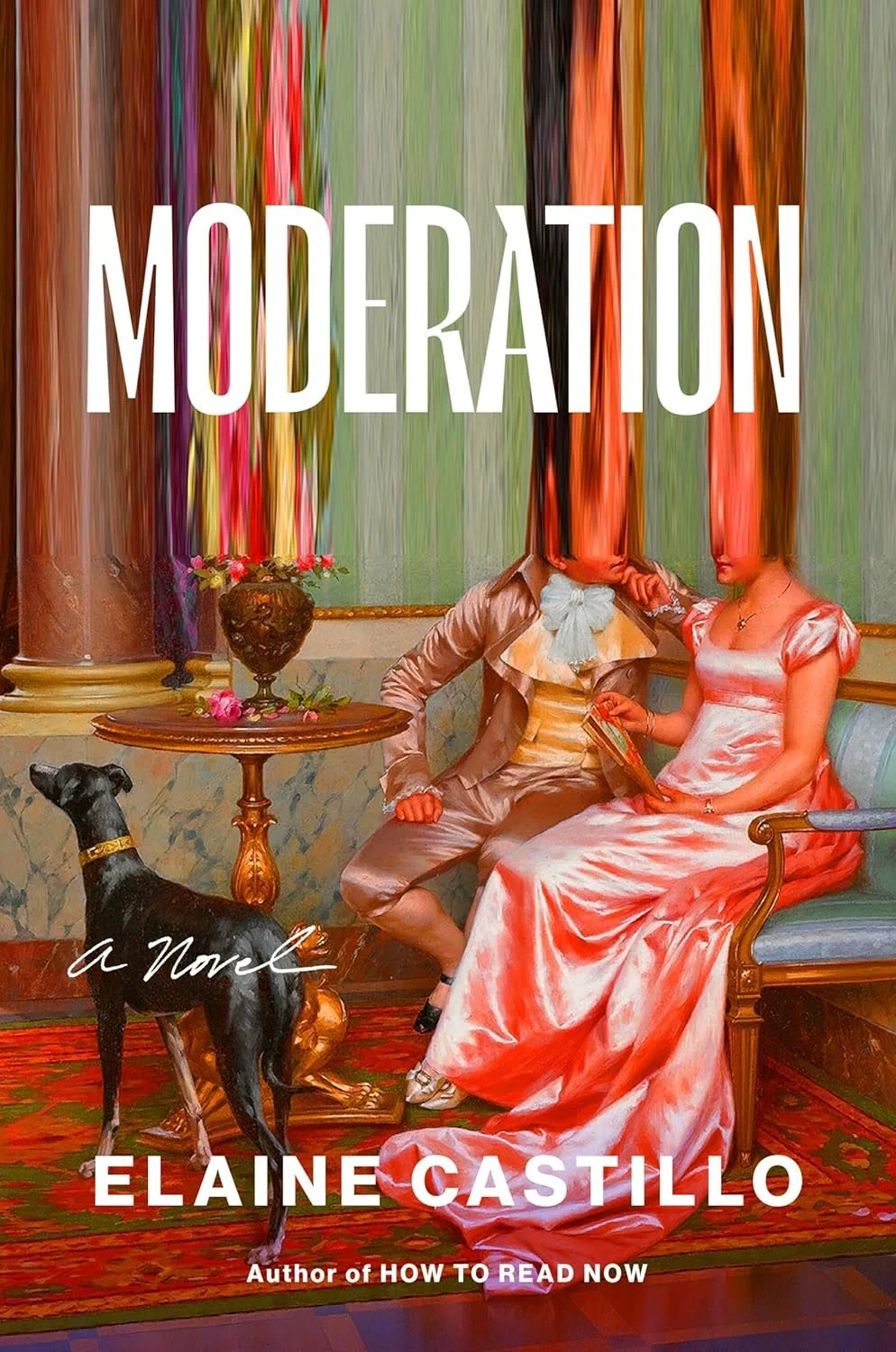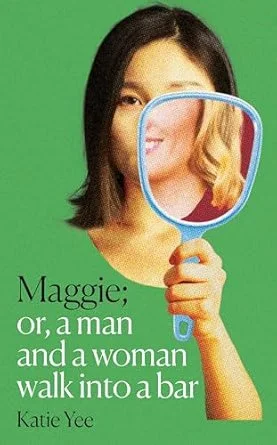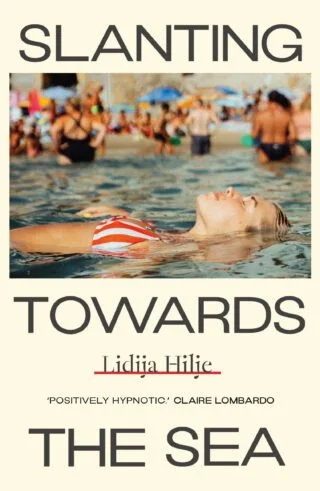Taking Note #6: Women in Translation Month
‘Women in Translation Month is a reminder to pick up more books from different corners of the globe, to venture through more languages and cultures.’
Translation enables us to cast our literary nets far, far further than we could alone hope to, giving us access to voices, ideas and cultures that we cannot always hear in our everyday lives. By diversifying what we are exposed to, translated fiction reveals to us different kinds of stories and unique, distinctive ways of telling them.
But works are being unequally translated, with less than 31% of translations into English written by women, and only 36% of books translated into English from non-European countries. I can certainly see the latter statistic represented on my bookshelf, with so many of my translated books heralding from Europe. And while this is incredibly valuable - I wouldn’t give up my Elena Ferrante novels for anything - I recognise that I need to be actively engaging with more non-Western texts written by women.
Women in Translation Month is seeking to rectify this imbalance in translation: ‘Promoting women writers from across all walks of life, all languages, and all experiences. Whether translated into English, translated between different non-English languages, or still untranslated: women from all over the world deserve to have equal opportunities when it comes to literary recognition. We as readers deserve to have access to stories that truly reflect the vastness of the world in which we live, through different lenses shaped by language, culture, and experience.’
Women in Translation Month is a reminder to pick up more books from different corners of the globe, to venture through more languages and cultures.
I began my translated fiction journey with Haruki Murakami - who I was obsessed with for a time - but I have since transitioned to more female-written works, with Sayaka Murata’s Convenience Store Women making a considerable imprint on me a few years ago. It is a sumptuously unique and funny novel, with an apathetic protagonist challenging Japanese social conventions through her rigidly structured life. And of all the Japanese fiction I have read, I do find a distinctness in its style, distinguishable from English-language voices. It may sound obvious, but my exploration of Japanese fiction really made me appreciate how different storytelling is across different countries.
It wasn’t until I began working for a literary magazine that I discovered how many independent presses are publishing translated fiction, each with its own niche. By bringing more works of literature into English, the work these publishers are doing is incredibly important in bridging cultures and connecting more people and ideas. I’d recommend checking out Charco Press, Europa Editions, Pushkin Press, Tilted Axis Press, Lolli Editions, And Other Stories, and Fitzcarraldo Editions for some of the best women in translation.
Interlink are publishing Sahar Khalifeh’s Wild Thorns in tandem with Women in Translation month this August, offering 35% off on their website to spread awareness of the fact that less than 35% of translations into English are written by women.
And onto the translators themselves - I have always marvelled at their work. Language is unbelievably idiosyncratic, carrying cultural treasures within its structure, unique references, loaded syntax. Each language works so differently; some words are simply not translatable. Take an idiom for example, gendered language, dialect, formal and informal registers, the list goes on. I have heard many people who are bilingual or multilingual say that they have different personalities in different languages. If people struggle to express their ‘authentic’ selves across language, how does one begin to approach translating literature? To tell someone’s else story? To carry their characters into another language? Translation is an interpretive act; no two translations are the same. Translators are, in my opinion, geniuses - undeniably writers themselves and creators of art.
In a conversation with our editor Madeleine, translator Philip Gabriel gave us an insight into his work translating Riku Onda’s Honeybees and Distant Thunder:
How far do you agree with the idea that translations of a work of literature is not a word for word recreation, but another iteration of the story entirely? And do you accept that there are certain aspects that will only ever be understood by those reading Honeybees and Distant Thunder in Japanese?
I generally agree with the first idea. Though respecting the original, you want to avoid an overly literal rendering, but you don't want to go too far in the other direction and make the translation a kind of paraphrased re-telling. I think early in their careers, translators may stick too closely to the text, afraid to stray too far beyond a more literal reading. I remember one of my professors in graduate school who, when assigning us passages from classical Japanese to translate, told us to come up with two versions – one more literal and the other more open and freer. She may have said, ‘Go wild’, but I can't recall for sure. The idea was, I think, that the end product will incorporate a bit of both: a deep respect for, and appreciation of the original, and the freedom to not let that bind us. A middle ground, in a word.
As far as Honeybees is concerned, there may be aspects that might better be understood by those reading it in the original. I dislike the term ‘lost in translation’, but I can think of small details in this novel that Japanese readers would be able to picture more easily than an English reader. One example that pops to mind is the description of the countryside and storehouse at [Akashi’s] grandmother's home, where he used to practice – all the smells and sounds involved in silkworm raising, for instance, that are briefly mentioned. These are just passing details, though, and what's more important is how the novel speaks to us with more universal themes, the role and meaning of music in our lives, and the importance of empathy and friendship.
In our current issue Light, two of our features are on translated female writers: our guest editor Lydia Sandgren, whose debut is translated from Swedish, and Valérie Perrin, whose work is translated from French. Head to our online editorial platform for all our conversations with translated authors and reviews of translated fiction. You can explore our list of recommended reads for Women in Fiction Month here.
Editorial Picks






